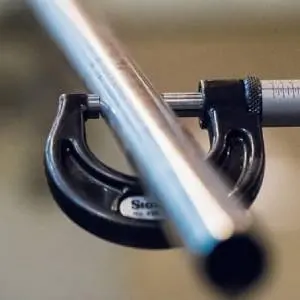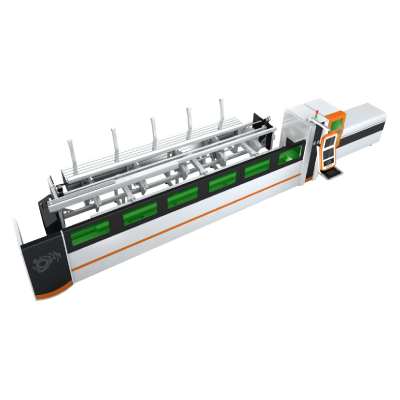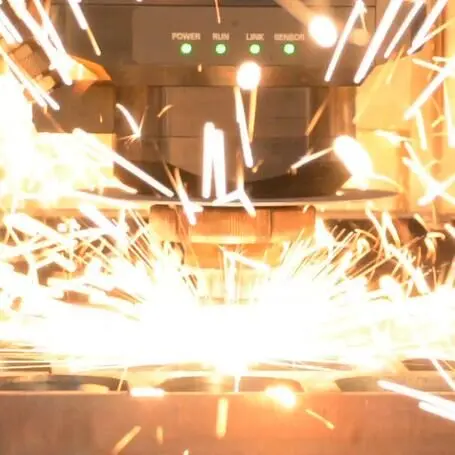****
In the rapidly evolving landscape of manufacturing, CNC metal cutting machines have emerged as essential tools that not only enhance precision but also streamline production processes. With their ability to execute complex designs and patterns, these machines have transformed how industries approach metal fabrication. This article delves into the advancements in CNC technology, their various applications across different sectors, and the impact they have on enhancing productivity and quality in metalworking.
**Understanding CNC Metal Cutting Machines**

Exploring the Advancements and Applications of CNC Metal Cutting Machines in Modern Manufacturing Processes
CNC stands for Computer Numerical Control, a technology that automates the control of machining tools through a computer program. The CNC metal cutting machine encompasses a variety of tools, such as milling machines, lathes, routers, and plasma cutters, designed specifically for metal materials. By employing a computer program, CNC machines can read and interpret CAD (Computer-Aided Design) files to execute precise cuts and shapes, thus minimizing human error and increasing repeatability.
With the development of sophisticated software and hardware, CNC machines have become more advanced, allowing for detailed and intricate metal cutting applications. This evolution reflects not just an improvement in technology, but a fundamental shift in how manufacturing processes are designed and executed.
**Benefits of CNC Metal Cutting Machines**
1. **Precision and Accuracy**: One of the most significant advantages of CNC metal cutting machines is their ability to produce parts with incredibly high precision. This accuracy is critical in industries such as aerospace and automotive, where even the slightest deviation can lead to catastrophic failures.
2. **Efficiency and Speed**: CNC machines operate much faster than human-operated tools, significantly reducing production time. Integrated with automation solutions, these machines can run continuously with minimal downtime, optimizing overall manufacturing efficiency.

Exploring the Advancements and Applications of CNC Metal Cutting Machines in Modern Manufacturing Processes
3. **Flexibility in Design**: The ability of CNC machines to quickly switch between designs and handle custom orders makes them invaluable in the modern manufacturing environment. Manufacturers can easily adapt to changes in design without the need for extensive reconfiguration of equipment.
4. **Reduced Labor Costs**: Although initial investments in CNC technology may be high, the reduction in labor costs becomes apparent over time. Fewer hands are needed on deck, and the workforce can be redirected towards more complex tasks that require human ingenuity and creativity.
**Applications Across Various Industries**
CNC metal cutting machines have a diverse range of applications, making them relevant in numerous industries:
– **Aerospace**: In the aerospace sector, the demand for lightweight, high-strength materials is paramount. CNC machines allow for the precise cutting of complex parts used in aircraft and spacecraft, ensuring they meet stringent safety regulations.
– **Automotive**: From engine components to intricate body panels, CNC technology is widely utilized in the automotive industry. It enables manufacturers to create custom parts quickly while reducing the overall weight of vehicles, thus improving fuel efficiency.
– **Manufacturing of Tools and Equipment**: Many tools and machinery components are made using CNC metal cutting. This includes everything from industrial machinery parts to the tools required for manufacturing other products.
– **Art and Design**: CNC machines aren’t solely limited to functional parts; they are also employed in creative fields. Metal artists and designers use CNC technology to bring their intricate designs to life, whether it be sculptures or decorative panels.
**Challenges and Future Trends**
Despite the many benefits, CNC metal cutting machines face challenges, particularly in the realm of maintenance and initial costs. Investing in high-quality CNC machines can be capital-intensive, which presents a barrier for smaller businesses. Additionally, skilled operators are needed to program and maintain these machines, necessitating ongoing training and development.
Looking towards the future, the integration of AI and machine learning with CNC technology presents an exciting frontier. Smart CNC systems that can learn and optimize processes over time will undoubtedly enhance efficiency and reduce errors even further. Additionally, the ongoing development of hybrid manufacturing technologies, which blend additive and subtractive manufacturing processes, could revolutionize how components are designed and produced.

Exploring the Advancements and Applications of CNC Metal Cutting Machines in Modern Manufacturing Processes
**Conclusion**
CNC metal cutting machines have indeed carved a significant niche within modern manufacturing. Their ability to enhance precision, efficiency, and design flexibility makes them indispensable across various industries. As technology advances, these machines will continue to evolve, further transforming the landscape of metalworking and manufacturing processes to meet the demands of a complex, fast-paced world. 20mm Thick Steel Plate
